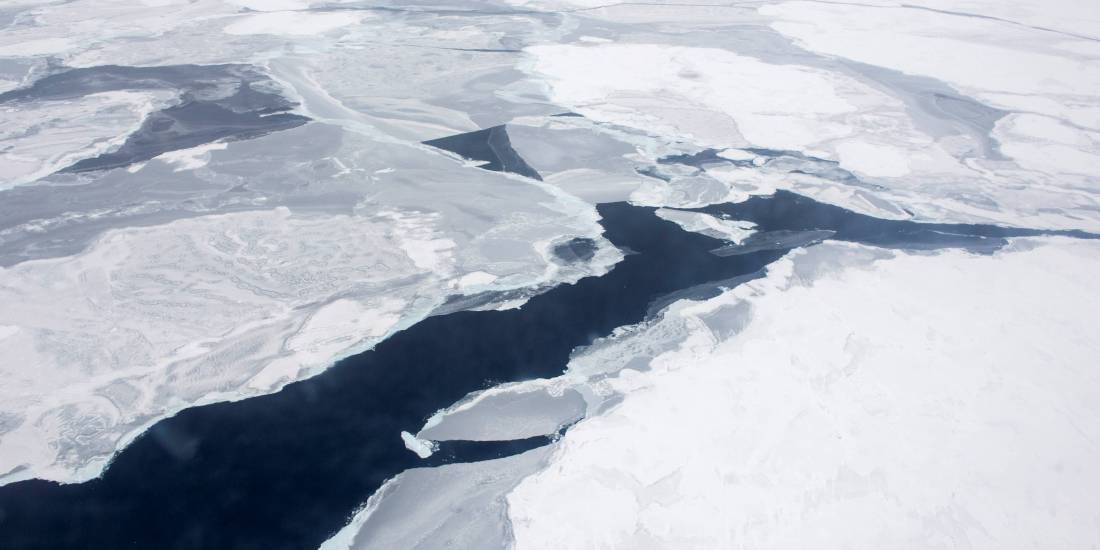(CPI) In December 2017, the 27 billion dollar Yamal LNG project became operational, the first joint Belt and Road Initiative (BRI)-Eurasian Economic Union (EEU) project to reach fruition and a major Chinese upstream investment in Russia’s energy industry. This milestone, followed by China’s publication of its long-awaited White Paper on Arctic Policy in January 2018, provides an opportunity to reassess some of the conventional wisdom about the Sino-Russian partnership.
Warming Economics
Ever since the Sino-Russian partnership was formed in 1994, analysts have noted that the level of political dialogue has by far outpaced progress in economic relations, a trend that Chinese scholars refer to as “hot politics and cold economics.” In the Arctic, we see the opposite trend, at least since the imposition of international sanctions on Russia’s energy industry in 2014. Russian officials have put out the welcome mat for Chinese investors and provided capital enabling key ventures to move forward despite sanctions, including the Yamal LNG project as well as a $5.5 billion investment by China’s Poly Group in the Archangelsk deep-water seaport and the Belkomur rail line, thereby connecting the port to Western Siberia and reducing shipping distance by 800 km.
Due to sanctions, China has had to put together needed financing carefully, using the Silk Road Fund and its own development banks for investment in Yamal, rather than the more internationally involved China National Petroleum Corporation. CNPC also backed away from an investment in the Vankor oil field in Krasnoyarsk Krai and a consortium of Indian investors ultimately invested in the multibillion-dollar deal, although most of the oil is destined for China. Russia has long sought to diversify its Asian partners and the Arctic is no exception—indeed Vietnam and India began investing in energy projects in this region prior to China. […]
Read More © China Policy Institute











